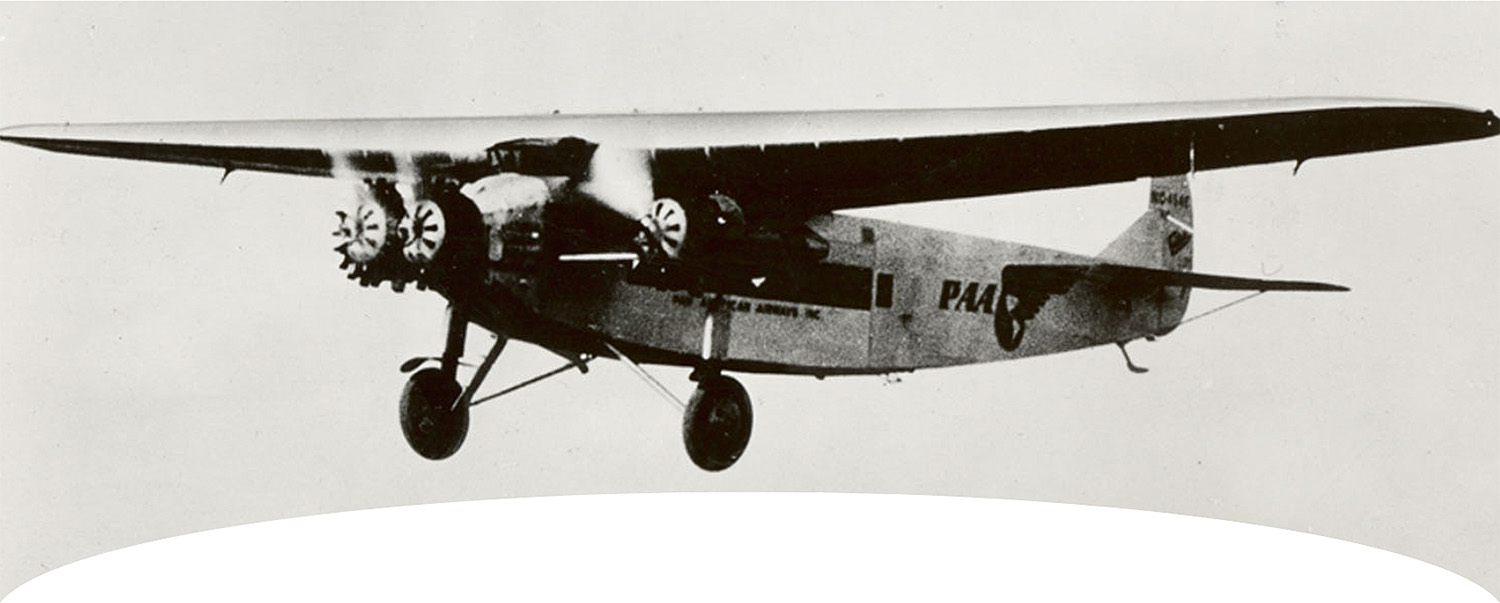ERA | PAN AM TAKE-OFF

January 16th, 1928 was a very auspicious date for Pan Am. For the very first time, people would pay to ride a Pan American Airways plane.
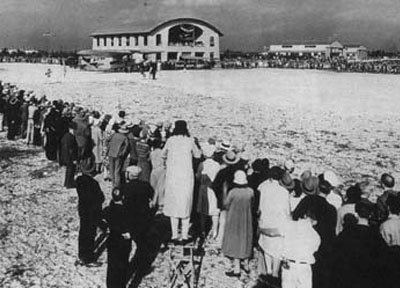
January 9, 1929. The day that marked the beginning of Pan American’s coordinated route system, which would grow exponentially in years to come.
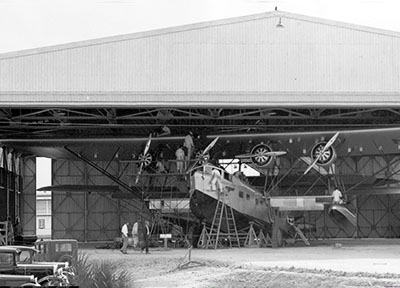
A video history around the beginnings of international aviation in Miami: Pan Am Field's original Hangar Five, circa 1929.
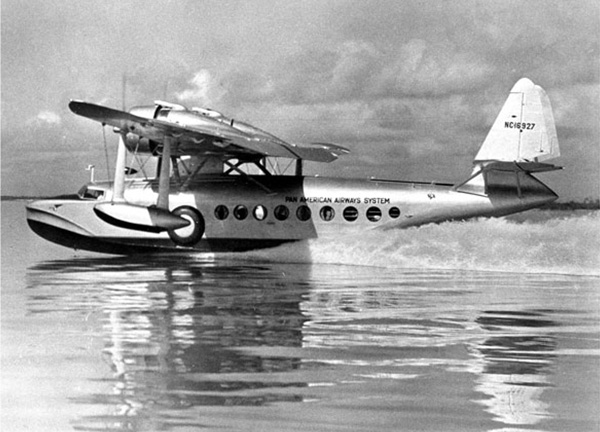
A View from Ketchikan: Pacific Alaska Airways, subsidiary of Pan American Airways, based on an article by Dave Kiffer (2006).
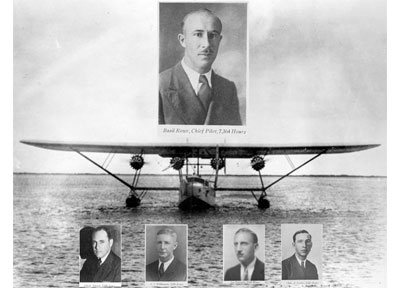
Basil Rowe: A First. Former barnstormer & airline owner chose to “fly by the book,” modeling Pan Am's “progressive” approach to commercial aviation.
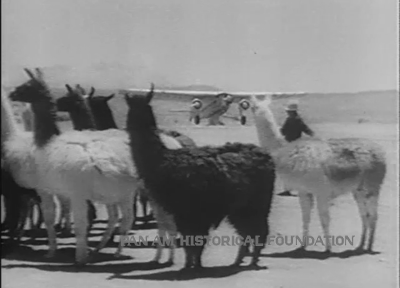
The Battle for South American routes: Pan American Airways and the New York, Rio and Buenos Aires (NYRBA) line, in 1930.
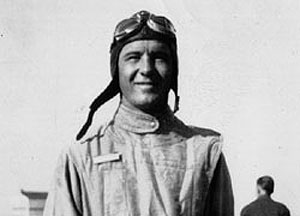
Chili & the Generalissimo. Pan Am/CNAC pilot Chili Vaughn's adventure with William Bond & Chiang Kai-shek: 1940s aviation diplomacy in China PDF.
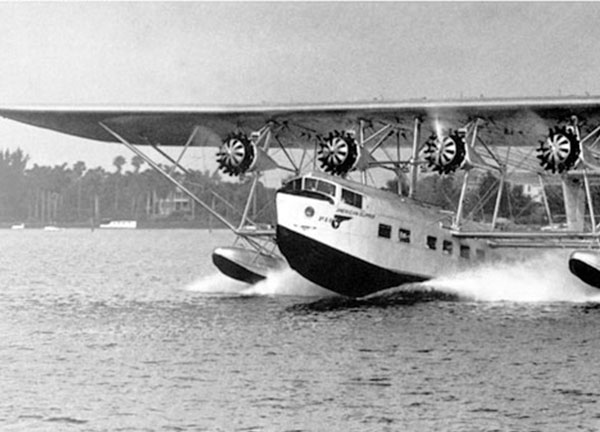
Pan Am's Clipper Debut. Sikorsky S-40 “American Clipper" was the very first to be named a Clipper, delivered to Pan Am in October 1931.
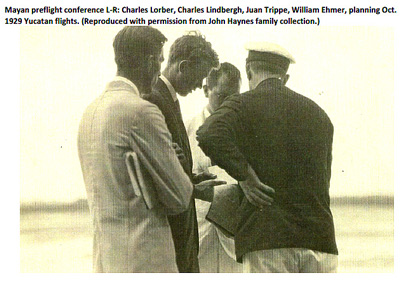
1929, A challenge to archeologists: On PAA's first mail flight over the Yucatan, Lindbergh saw pyramids jutting through dense, unmapped jungles PDF.
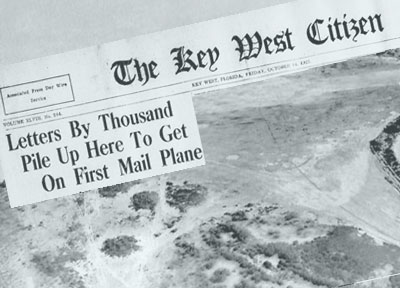
Pan Am’s Cornerstone Moment: October 28, 1927, the day that was the true start of Pan American Airways, as a scheduled airline.
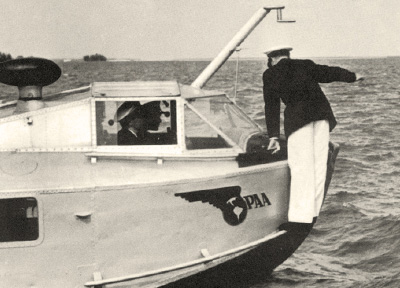
"Christmas 1933: Delivering the mail took precedence over tradition, so when Christmas coincided with a flight day, someone had to fly."
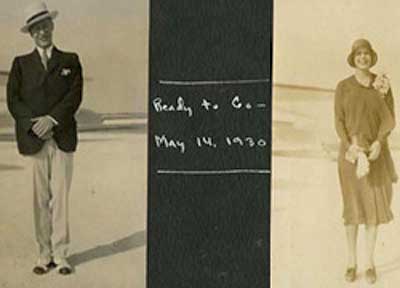
Miami and the Flying Honeymoon" - A chapter about Pan Am's early days, from Peter Leslie's book on the airline's pioneering flying boat era. PDF

April 1931, the story of PAA Radio Operator, Hans Frederick “Fred” Due, who worked on the expedition into Brazil’s western frontier, Matto Grosso.

Lessons Learned: In the 1927 Dole Race to Hawaii, tragedy provided valuable lessons for the transpacific future of Pan American Airways.

Lindy Gets Pan American Airways Rolling: Lindbergh's Sikorsky S-38 airmail flight from Miami to Cristobal, Panama Canal Zone, in February 1929.

Keeping the Pan Am story alive falls to a generation of writers born after 1991. This article introduces new perspectives by Jack Seufert.
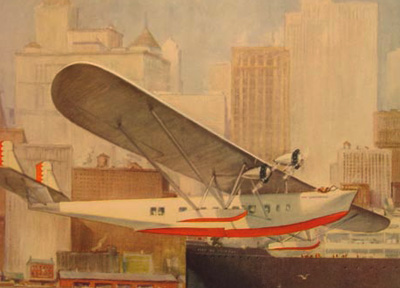
Ralph O'Neill's Magic Carpet: The Once and Future Commodore by Doug Miller.The story of Pan Am's Consolidated Commodores. PDF.
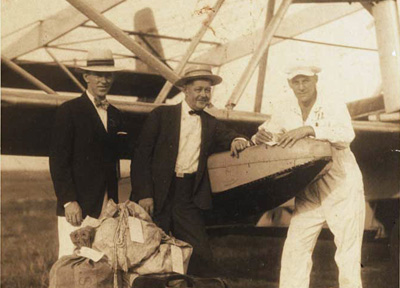
Capt. Frank E. Ormsbee, pilot of Pan American Airways' 1930s flying boats & land planes, pioneered air routes in the Caribbean & South America.

